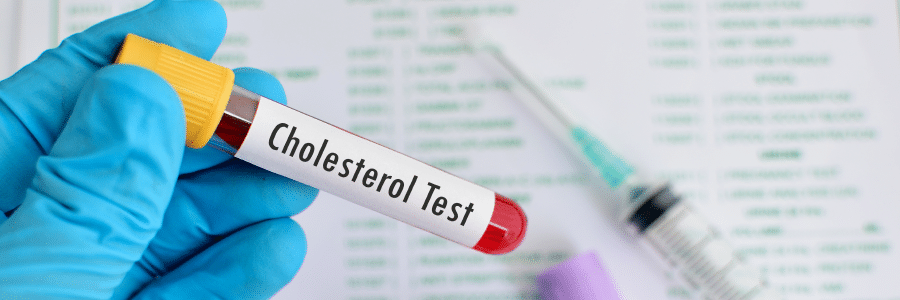What is HDL and LDL Cholesterol?
May 9, 2022
If you are over 20 years old, you probably know that you should get your cholesterol checked at least once every five years. It’s easy. Get a simple blood test called a lipid profile and within a few days, you know where your cholesterol stands.
But, what do all those numbers actually mean?
Understanding your cholesterol levels doesn’t require a medical degree, just a little patience. And understanding those levels is the first step toward taking control of your own health. But it’s important to understand that cholesterol numbers alone don’t mean much. You must weigh the numbers and your other risk factors. For example, obesity is a risk factor, so are smoking and high blood pressure. Having a heart condition is also a risk factor.
The more risk factors you have, the higher your risk of developing heart problems or a stroke. You can reduce the risk factors by lowering your cholesterol. In some cases, this can be done through a combination of a healthy diet and exercise, but sometimes doctors need to prescribe cholesterol-reducing medications.
Discuss your cholesterol values with your doctor to decide how best to be healthy.
What the numbers measure

- High-density lipoprotein (HDL) cholesterol. This is often called “good” cholesterol because it protects against heart disease by taking the LDL cholesterol out of your blood, preventing it from building up in your arteries. The higher your HDL number, the better. Exercise or stains can slightly increase your HDL cholesterol.
- Low-density lipoprotein (LDL) cholesterol. Sometimes called “bad” cholesterol, this is the fatty substance that can build up on the walls of your arteries and increase your risk of heart disease. If your LDL is 190 or more, it is very high. Your doctor may recommend a drug called a statin to help you reduce your LDL cholesterol levels. The doctor will also likely recommend that you change your lifestyle, such as eating healthier and getting more exercise.
- Triglycerides. This is the form in which most fat exists in food and your body. High triglyceride levels are related to a higher risk of coronary artery disease. A normal level is less than 150. If the level is 150 to 199, your triglycerides are mildly high. They are high if the number is 200 to 499, and very high over that. If your triglyceride level is high, you probably also have high levels of LDL cholesterol and low levels of HDL cholesterol. Doctors can prescribe a medication to treat your cholesterol level and it will help to lower high triglycerides.
Get the care you need
It is important to get your cholesterol checked routinely. A normal adult who is over 20 should get tested every five years. Men who are older than 35 and women over 45 should get their cholesterol checked more often. The levels can be checked with a simple blood test that can be done in your doctor’s office. If you do not have a doctor, Grady Health System can help. If you need a primary care physician, give us a call at (404) 616-1000. We’ll arrange an appointment at a Primary Care Center near you. Doctors there can treat most conditions and provide access to Grady’s unparalleled medical specialty expertise.

Advertisement


